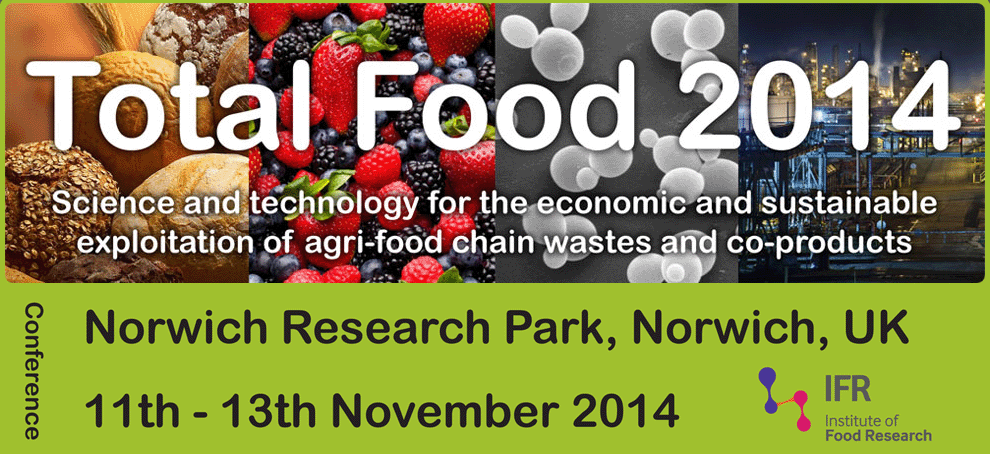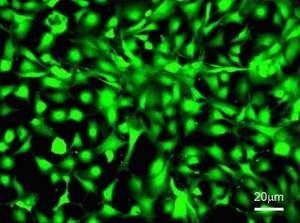By Sarah Brown, web writer for RSC Advances
Superhuman olfaction isn’t right up there on my list of desired super powers for a number of reasons that I won’t share here; however, an enhanced appreciation for the detection of various gases is underrated.
For example, the ability to detect toxic gases is of huge benefit, particularly at levels before they pose danger to humans. Electronic noses (E-noses) have been created from nanowire arrays as devices for sensing technology; however, most E-noses require operating temperatures of over 200 °C, which may be a limiting factor in their practical application.
![GA[1]](https://blogs.rsc.org/ra/files/2014/09/GA1.gif) Writing in RSC Advances, Chatchawal Wongchoosuk and co-workers describe the fabrication of a ZnO-based E-nose that operates at room temperature and can detect down to the ppb level. The ZnO nanowires were surface modified to include ZnO-ZnAl2O3 and ZnO-Zn2TiO4 core-shell nanowires, which formed electrical connections by self-assembly. Ultraviolet light, positioned above the sensors, was used to generate electron hole pairs and oxygen species, which, on reaction with a gas or gases could change the layer width of the nanowires and ultimately lead to the detection and characterisation of the substance.
Writing in RSC Advances, Chatchawal Wongchoosuk and co-workers describe the fabrication of a ZnO-based E-nose that operates at room temperature and can detect down to the ppb level. The ZnO nanowires were surface modified to include ZnO-ZnAl2O3 and ZnO-Zn2TiO4 core-shell nanowires, which formed electrical connections by self-assembly. Ultraviolet light, positioned above the sensors, was used to generate electron hole pairs and oxygen species, which, on reaction with a gas or gases could change the layer width of the nanowires and ultimately lead to the detection and characterisation of the substance.
The ability for the E-nose to operate sensitively at room temperature makes a lot of scents and these developments are not something to be sniffed at (groan!)
Read the full article by clicking the link below – free to access until 16th October:
Electronic nose for toxic gas detection based on photostimulated core–shell nanowires
Chatchawal Wongchoosuk, Kittitat Subannajui, Chunyu Wang, Yang Yang, Firat Güder, Teerakiat Kerdcharoen, Volker Cimalla and Margit Zacharias, RSC Adv., 2014, 4, 35084–35088, DOI: 10.1039/C4RA06143H















 Scientists in Spain have developed
Scientists in Spain have developed 